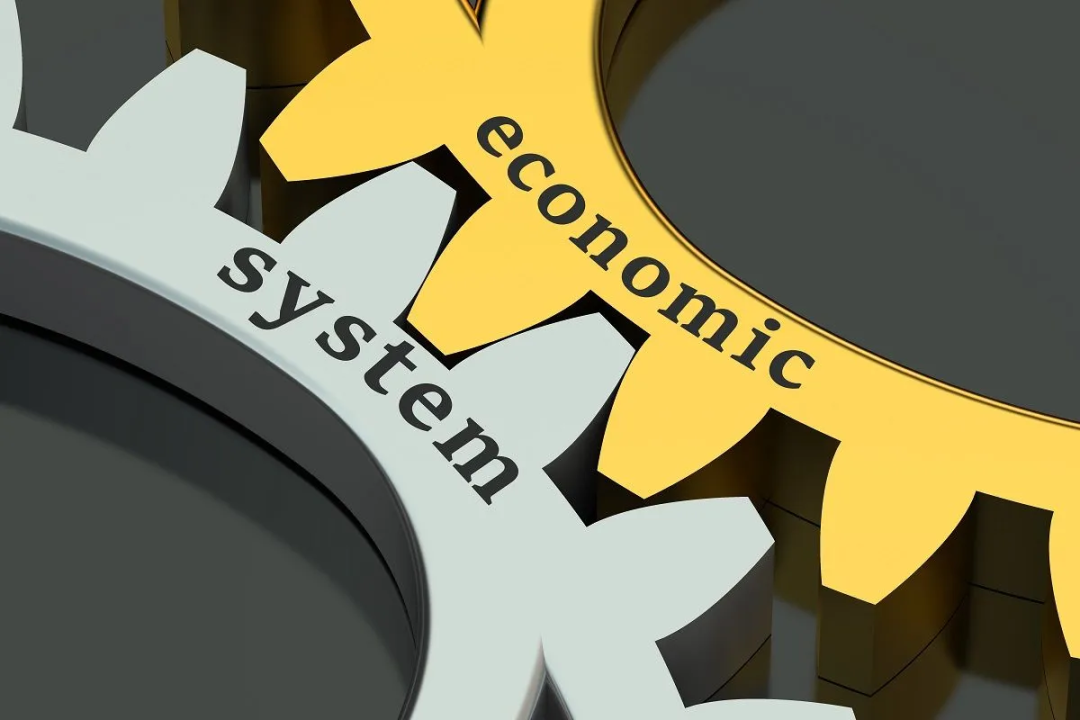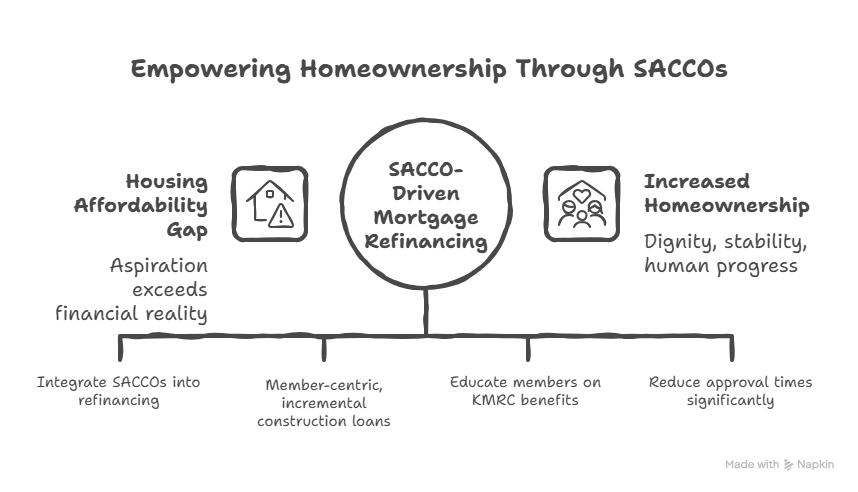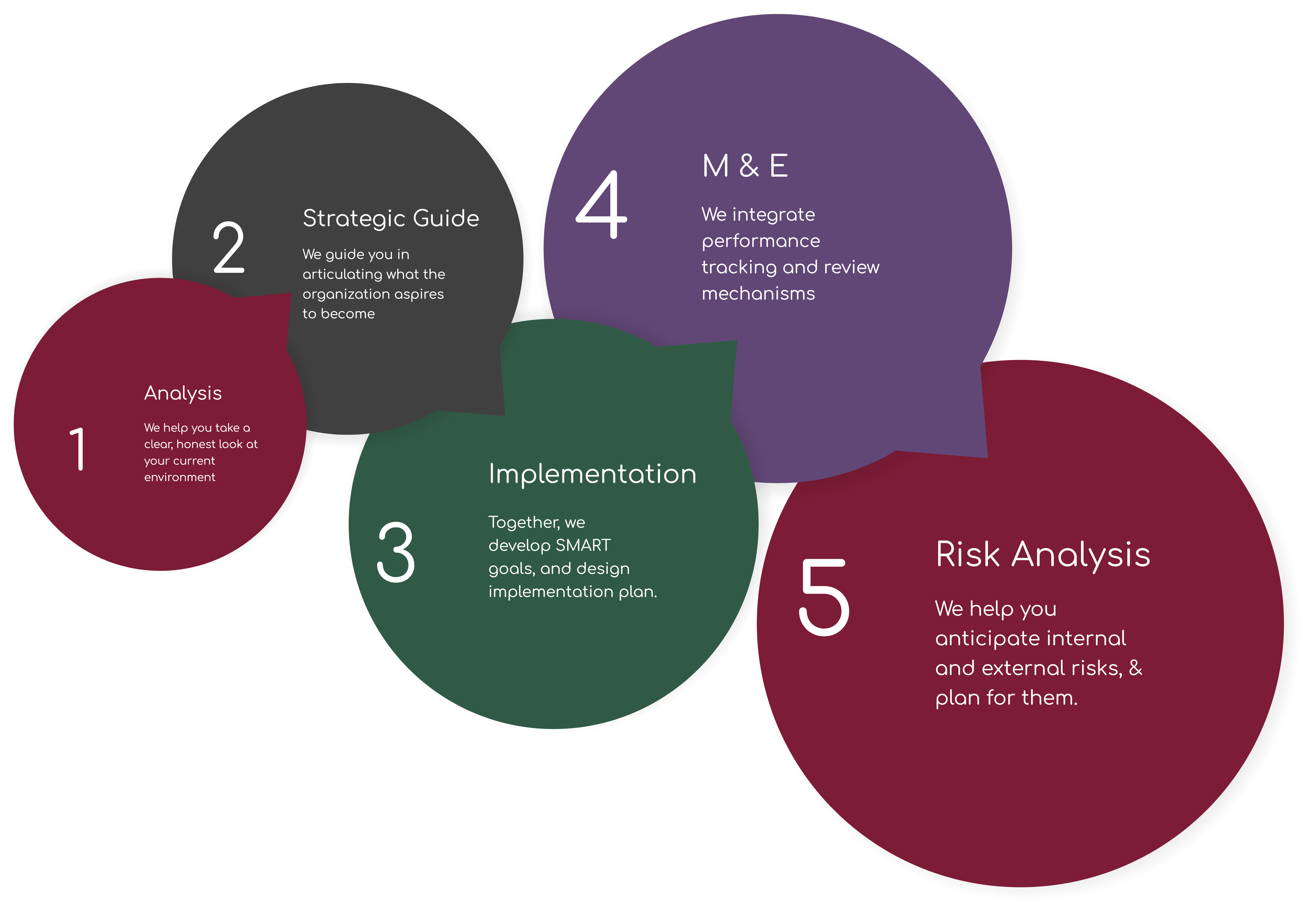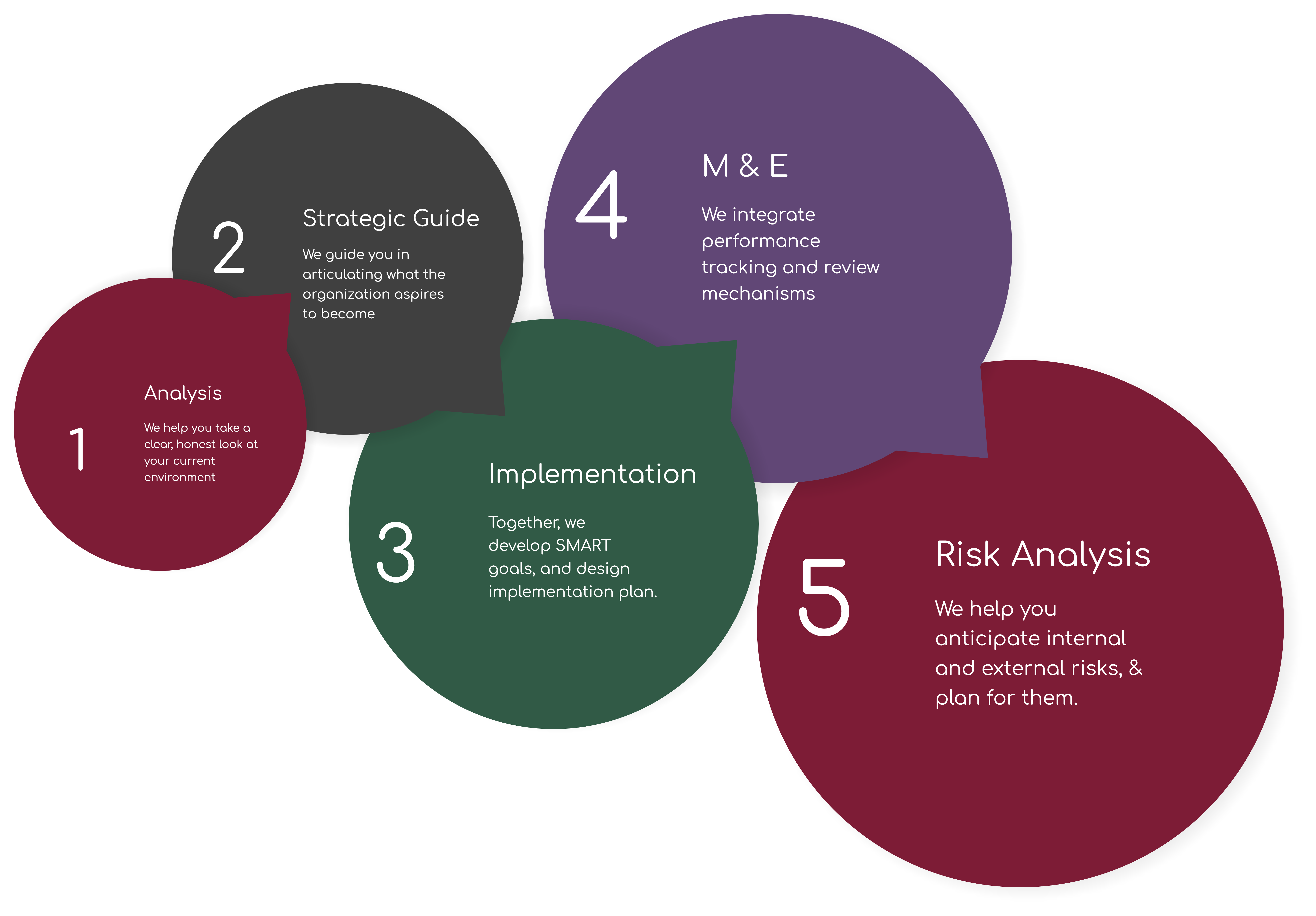Discussing State of Kenyan Economy
Kenya’s economy is currently a bit like an overstuffed matatu trying to climb a hill in neutral. You've got the Monetary Policy Committee gently tapping the brakes with a CBR cut to 12%, hoping to stimulate some lending, but somehow, no one’s feeling the intended effects in their pockets.
So let’s break it down and see if we can make sense of this puzzle:
Inflation’s Down to 2.7%, But How?
Inflation dropping to 2.7% sounds like cause for celebration, until you realize this is more about a lack of demand than any actual price reduction. People just aren’t spending like they used to, possibly because they’re staring at high fuel and electricity prices that remain as unshakeable as a Nairobi traffic jam. With less cash flowing around, businesses can't hike prices because, well, no one’s buying.
CBR Cut to 12%, Is Anyone Lending, Though?
The Central Bank’s attempt to nudge lending with a rate cut is classic "let's try something" policy. By lowering the Central Bank Rate (CBR), they hoped banks would pass on the savings, making loans cheaper. But the banks? They’re still charging high interest rates, clinging to safe investments in government securities. Why lend to people when you can pocket 13-15% on T-bills and bonds without any hassle? For many Kenyans, that loan window is barely open like peering through a keyhole and hoping for a breeze.
High T-Bill and Bond Rates, The Sweetheart Deals for Banks
With T-bills at 13% and bonds at 15%, the government’s debt appetite is about as aggressive as a Nairobi boda boda rider. And banks are feasting on it! Instead of circulating funds through the economy, banks are parking cash in government debt because, quite frankly, it’s easier and less risky. This starves the private sector of credit, the economic equivalent of trying to start a fire with damp wood.
Government Spending’s on a Diet
Government spending is practically on a no-carb diet, which would be fine if it were shedding debt responsibly. But the belt-tightening is visible: stalled projects, delayed payments to contractors, and fewer big-ticket infrastructure initiatives. As the government tightens its purse, money dries up, affecting job creation and economic growth.
People Are Holding Tight to Their Wallets
With the private sector wage growth stalling for the first time in over 30 years, disposable income is taking a nosedive. The monthly average pay in the private sector has now fallen to KSh 75,781, which feels like déjà vu for a time we all hoped to forget. The result? Kenyans are clutching onto whatever income they have, sticking to basics, and leaving non-essentials on the shelves.
Disposable Income is MIA (Missing in Action)
With high living costs, stagnant wages, and no extra cash, households are operating on the financial equivalent of “ugali and sukuma” economics: essentials only. The ripple effect hits businesses that rely on disposable income spending, restaurants, retail, and non-essential services. When people are focusing on just surviving, economic growth slows down like a Nairobi rain shower halting the entire city's traffic.
Human capital drain
Adding the issue of brain drain paints an even grimmer picture for Kenya's economic outlook. Here we are, facing a soft economy, and the nation’s brightest minds are packing up, not to contribute in skilled sectors but for jobs that don’t tap into their full potential. As these young, talented Kenyans leave for menial jobs abroad, we’re losing the very human capital that could spark innovation, enhance productivity, and stabilize our economy in the long term. It’s like selling the family jewels to fund a wedding buffet—sacrificing valuable resources for short-term relief.
The Big Question: What’s Next?
The Kenyan economy seems stuck in a paradox: the Central Bank is easing rates to fuel borrowing and stimulate spending, yet real money flow is as sluggish as ever. The government’s debt appetite means banks are happier lending to the state than to people or businesses. As long as this imbalance persists, cash won’t be reaching the everyday Kenyan.
We could all use a silver lining, though. If there’s one thing Kenyans are experts at, it’s resilience. While we wait for policy measures to kick in or, perhaps, a miracle in the form of a favorable fiscal adjustment, the average Kenyan will keep doing what they do best, surviving, stretching that shilling as far as it will go, and hoping for better days ahead.




